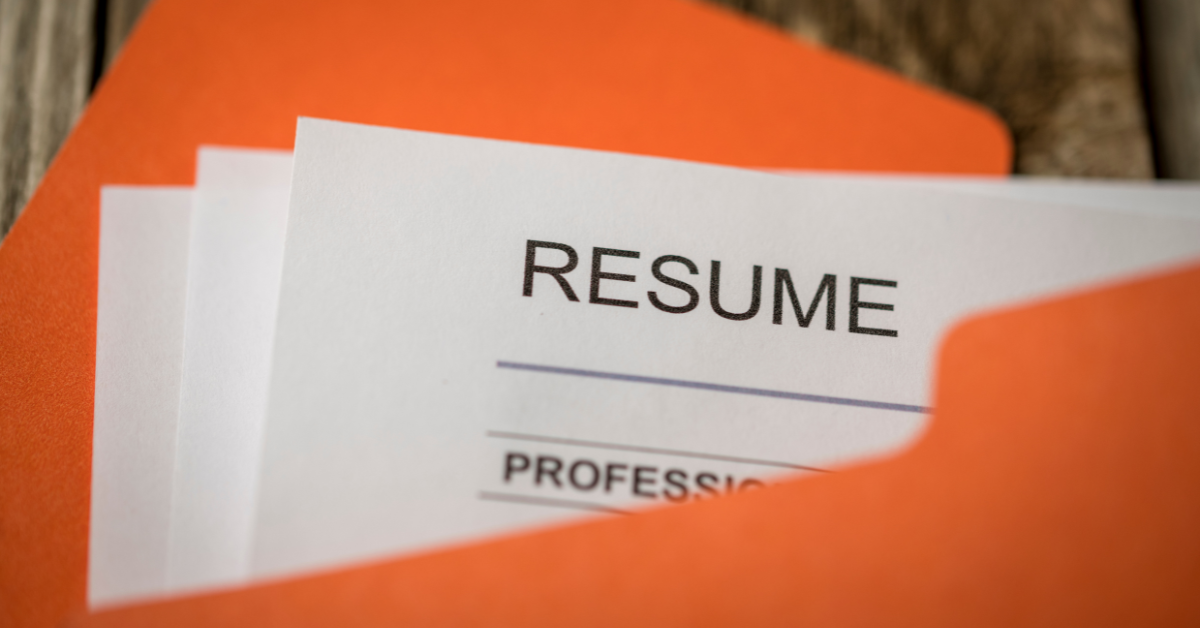When searching for a new position, understanding how to update your resume can help you provide information relevant to the skills and qualifications listed in the job posting. You can update your resume to reflect new work experience, education, certifications or skills you’ve gained since you wrote your resume. Updating your resume format can help you describe your qualifications to show hiring managers you have the credentials to be successful in a new role.
In this blog, we will explain when and how to update your resume to keep it up-to-date while searching for a new job.
Let’s get started!
When is the Right Time to Update Your Resume?
Keep your resume updated regularly, even if you’re not currently job hunting. Add new qualifications, like a recent job, certification or skill, as soon as you earn them. This ensures your resume always reflects your latest achievements and saves time when you’re ready to apply for a new role. Moreover, it helps you stay prepared for unexpected opportunities, like a promotion or increment.
How to Update Your Resume Format?
You can update your resume to showcase the new skills and qualifications you’ve gained in previous roles.
Here’s how to make it stand out to hiring managers:
- Update Your Contact Information
- Rewrite Your Professional Summary
- Include Relevant Keywords
- Add Relevant Work Experience
- Mention New Skills
- Check the Layout and Details
Let’s move to the detailed information now!
Update Your Contact Information
Make sure your phone number and email address are correct. Remove outdated details like a physical address or headshot unless relevant to the role (e.g., acting or modeling). Modern resume formats usually include your name, phone number, email, city, and state. You can also add links to a professional profile or online portfolio if you have them.
Rewrite Your Professional Summary
Assuming that you are searching for a new job, your skills, experience, or achievements may have changed since the last resume update. Prepare a fresh summary that identifies your qualification for the job for which you are applying to. Think about the responsibilities you have undertaken and accomplishments in previous jobs.
For example, if you’re aiming for a management position, mention tasks like supervising employees or leading training sessions. You can also include recent achievements, such as developing a process that boosted your team’s efficiency. With Top Tier Resume, you can ensure these accomplishments are effectively highlighted, showcasing your leadership skills and career achievements to potential employers.
Include Relevant Keywords
A good way to update your resume is by reviewing the job posting and adding similar keywords to your resume. You can also search online for keywords specific to your industry. Many recruiters use Applicant Tracking Systems (ATS) to scan resumes for keywords that match the job’s required skills and qualifications. Using these keywords can help your resume get noticed and increase your chances of landing an interview.
Add Relevant Work Experience
In the work experience section, use bullet points to describe your tasks and achievements at each job. This makes it easy for hiring managers to quickly see if your experience fits the position. Start each bullet with a strong action word and keep your descriptions short. As you gain more experience, some past job responsibilities may not be relevant to the new roles you’re applying for.
Review your work history to see if the tasks match the job you’re aiming for. If they don’t, you may update the bullet points to better align with the job or remove older experiences.
Mention New Skills
Update the skills section of your resume. Add any new skills you’ve acquired since your last resume format update. Include skills that are relevant to the job you’re applying for and match those listed in the job description. For example, if you’re applying for a graphic designer position, list key technical skills mentioned in the posting, like specific software, typography and user interface design.
You can also remove skills that no longer apply to the role or those that are commonly held by most candidates. For instance, typing skills were once a standout feature, but now they are less important as most office workers use computers daily. Instead, highlight unique skills, such as knowledge of programming languages that set you apart from other applicants.
Check the Layout and Details
Depending on when you last updated your resume, you might want to change the format to match what employers prefer today. You can find a resume template online that helps present your qualifications clearly.
Here are some simple resume formatting tips for modern recruiters’ requirements:
- Use a professional font like Arial or Calibri in size 10 or 12 to make it easy for employers to read.
- Set 1-inch margins on all sides and leave enough white space so your resume looks clean and organized.
- Bold your name and section titles to help employers quickly skim your resume.
- Keep your resume to one page, or use two pages if you have over 10 years of relevant experience.
Closing Words
As you gain new skills and experience, updating your resume format helps show your qualifications. Adding new skills may make you eligible for higher-level positions. An updated resume can also explain your new career goals and provide more details about your experience, helping a hiring manager see how well you’d fit into a role at their company.
In case you need professional guidance to write and design your CV with the latest resume format, you can book a consultation with us!

